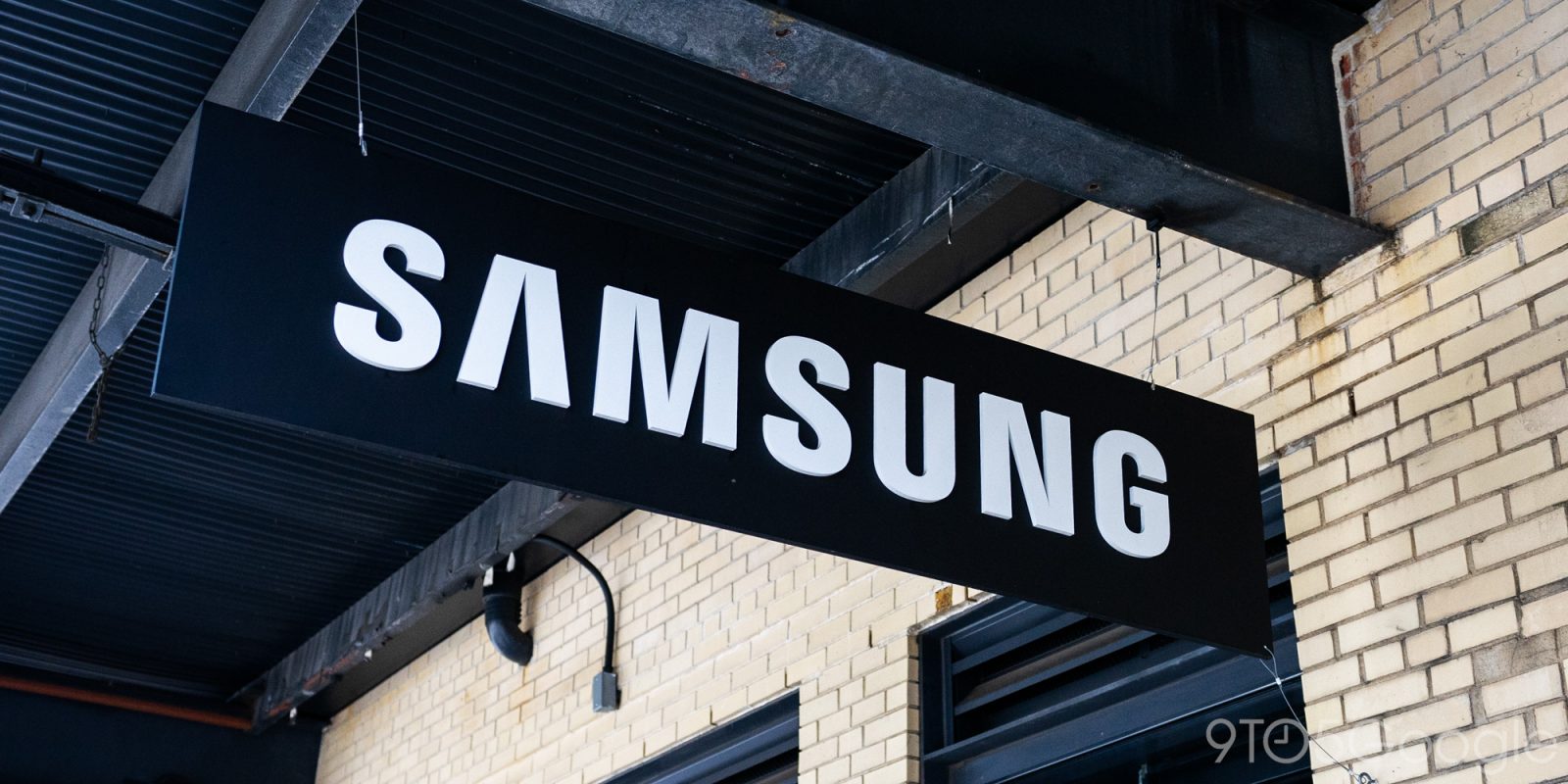Report: Arm cancels Qualcomm’s instruction set, IP license for chip design

The dispute between Qualcomm and Arm has escalated with the latter canceling Qualcomm’s ability to use the instruction set for designing chips.
Expand Expanding Close
The dispute between Qualcomm and Arm has escalated with the latter canceling Qualcomm’s ability to use the instruction set for designing chips.
Expand Expanding Close
Industry sources claim that Samsung is building a team to develop its own CPU cores for the rumored “Galaxy Chip” for phones and laptops, but Samsung denies this report.
Expand Expanding Close
Arm and Qualcomm are currently involved in a dispute over the latter’s acquisition of a chip company called Nuvia and subsequent work on new desktop (and server) chips. This lawsuit has revealed that Arm is apparently changing its licensing terms and business model so that what makes the Pixel’s Google Tensor chip unique and Samsung’s work on AMD GPUs might not be possible going forward.
Expand Expanding Close
Ray-tracing is the hot new thing in the gaming world, being a key part of modern PC GPUs and the latest generation of consoles. Now, Arm is making a push to make ray-tracing more popular on Android smartphones, with the new “Immortalis” GPU.
Expand Expanding Close
ARM has unveiled four brand new midrange chips aimed at more affordable smartphones and everyday smart home tech that will enable AR, high-fidelity gaming, and more.

According to a report via the BBC, the UK-based chip designer ARM has informed staff via an internal memo to ‘suspend business’ with Huawei to comply with US trade restrictions.


ARM, the British chip designer responsible for the processors in loads of mobile devices, looks set to be bought by Japanese telecoms company Softbank.
The deal will need to be approved by shareholders, but with ARM recommending it and a valuation 43% above last week’s closing price, it looks likely to go through. It is, however, possible that other companies may make their own bid for the company.


Remix OS has gained some traction as a powerful desktop OS that runs Android apps and has some good interface ideas. Chinese manufacturer Allwinner is now looking to use Remix OS to power a very affordable Chromebook-like laptop.


Eight months after announcing the 192-core Tegra K1 “super chip,” graphics chip maker NVIDIA has provided details about a new “Denver” edition that will be the first 64-bit ARM processor for Android devices.
Expand
Expanding
Close

Google could potentially design its its server processor chips in-house some day, according to a new report by Bloomberg. The move would be an interesting one, as Google has typically relied on Intel chips to power its servers. Any major changes are likely several years down the road, but just the idea that the company could switch is a pretty big deal.
Google is considering creating these processors based on designs by ARM, Bloomberg notes. ARM designs are used by many companies for designing in-house processors, including Qualcomm and Apple. Those companies primarily build mobile phone processors, but using ARM technology in a server isn’t a huge technological stretch.


Last month, we heard from Google’s Senior Vice President of Chrome Sundar Pichai who told Cnet that new, faster Chromebooks are on the way. Today, we might be getting our first look at a new Sony VAIO Chromebook thanks to a Federal Communications Commission filing for the “Sony VAIO VCC111 Series” that references the ability to “start Chrome OS” (via Laptop Reviews). Adding more proof that this is a Chromebook —and not a Windows machine— is the lack of a Windows key and chrome accents on the back cover. However, the VAIO Chromebook does feature an 11.6-inch Samsung display, HDMI port, microphone and headphone jacks, SD card slot, and two USB 2.0 ports. The filing also mentioned a “T25” CPU. Laptop Reviews speculated the CPU could be NVidia’s Tegra 250 T25 ARM-based processor, which would mean it is the first non-Intel processor in a Chromebook.


Anandtech has published some interesting findings based on their extensive Samsung Galaxy S II review. It’s the first smartphone to use the graphics processing unit based on the Mali-400 core from ARM Holdings, a fables chip maker from the UK. In fact, Samsung has engineered and manufactured its own system-on-a-chip solution for the handset.
They call it the Exynos 4210 and it combines a dual-core Cortex-A9 CPU core and the aforementioned Mali-400 GPU sporting four cores. The resulting performance, says Anandtech, is comparable to Texas Instruments OMAP 4 chip that incorporates Imagination Technologies’ PowerVR SGX540 GPU core. However, the quad-core 1.2GHz Exynos 4210 probably won’t hold a candle to iPhone 5, which will likely carry the same dual-core processor-GPU combo as the iPad 2’s 1GHz A5 chip:
Samsung implemented a 4-core version of the Mali-400 in the 4210 and its resulting performance is staggering as you can see above. Although it’s still not as fast as the PowerVR SGX 543MP2 found in the iPad 2, it’s anywhere from 1.7 – 4x faster than anything that’s shipping in a smartphone today.
Interestingly, and per the GL Benchmark seen in the above image, the Exynos 4210 is more than twice as fast compared to the Galaxy Tab 10.1 that runs Nvidia’s Tegra 2 chi. It’s also nearly four times speedier than iPhone 4’s 800 MHz A4 chip which has the PowerVT SGX535 GPU core. However, the 4210 falls short in the triangle throughput department.
The publication this this could be a big disadvantage over the iPad 2’s A5 processor that clocks nine times the graphics performance of the original iPad’s A4 chip. Triangle throughput is important in graphics-intensive games and will become key in “future games that may scale along that vector rather than simply increasing pixel shader complexity”. The video of Anandtech’s Samsung Galaxy S II review is right after the break.
Cross-posted on 9to5Mac.com.


After smartphones, tablets and cross-over gadgets such as Lenovo’s IdeaPad U1 with detachable display, Android and ARM technology could make its way inside notebooks by year’s end.
The vast majority of all-in-one chips powering today’s tablets and smartphones incorporate CPU designs from UK-based ARM Holdings, a fables semiconductor intellectual property firm headquartered in Cambridge, England. For example, chips from the likes of Qualcomm, Nvidia and even Apple all incorporate CPU designs licensed from ARM Holdings. Now that power-savvy mobile chips with two and four processing cores and flashy graphics are a reality, notebook vendors are taking notice.
We’ve previously heard whispers that Apple has a MacBook prototype designed around the iPad 2’s A5 chip which contains two ARM-designed processing cores. Not content with being left behind, first-tier device makers such as Samsung, Toshiba, Acer and Asustek plan on bringing ARM-powered notebooks to the market by the end of this year. From DigiTimes:
The sources pointed out that ARM-based systems using Android were already launched under the smartbook name two years ago with Toshiba and Lenovo both launching products in the retail channel. However, due to weaker than expected demand, the related products were soon phased out of the market. Asustek has already made plans to launch a 13-inch ARM-based notebook adopting Nvidia’s processor with Android. The sources pointed out that there are already several brand vendors reportedly set to launch ARM-based notebooks with prices lower than US$299 to compete for market share and the vendors’ processor choices include Nvidia’s Tegra, Qualcomm’s Snapdragon and processors from Texas Instruments.
There’s a lot to look forward to…


Huang Jen-Hsun, Nvidia’s co-founder and CEO, predicts tablets will outperform mobile PCs five years from today, echoing a similar sentiment from UK fabless chip maker ARM Holdings. The Tegra revenue could even surpass Nvidia’s GPU business, he tells chatting with reporters at a Computex press conference in Taipei, Taiwan. The CEO dismissed Intel’s latest mobile strides by expressing pessimism about their re-newed focus on tablet and smartphone silicon. Taiwanese trade publication DigiTimes quoted Jen-Hsun as saying that “consumers do not care whether their products use x86- or ARM-based processor”, adding:
As for the impact bring by the tablet PC, Huang pointed out that PC and tablet PC each has its own unique functionality; therefore, the traditional notebook should not see any danger of being replaced. However, netbook, which does not have a full functionality as a traditional PC, is being impacted deeply by tablet PC.
Nvidia, of course, is betting big on ARM-branded processor designs (versus Intel’s desktop x86 and mobile Atom architectures) that dominate the smartphone industry and are slowly but surely becoming a norm in the tablet space. Tegra chips typically combine ARM processing cores and Nvidia’s custom graphics cores. Even the iPad’s A5 chip is custom-designed around ARM’s CPU blueprints and the graphics unit licensed from Imagination Technologies. Nvidia’s technology roadmap is pretty convincing and they’ve been working their way up the mobile chain. The company is set to become the leading silicon provider for mobile gadgets…

Asus yesterday unveiled the Eee Pad Slider, a gadget designed around Nvidia’s Tegra 2 chip.